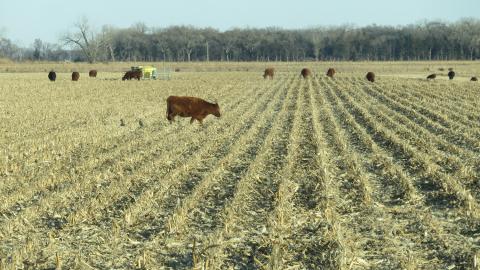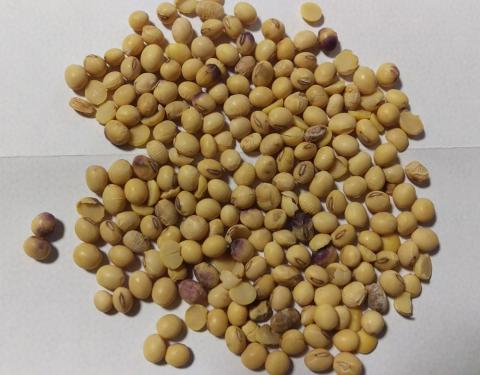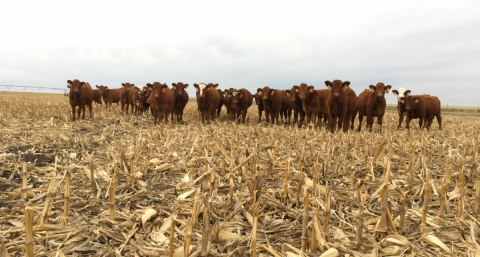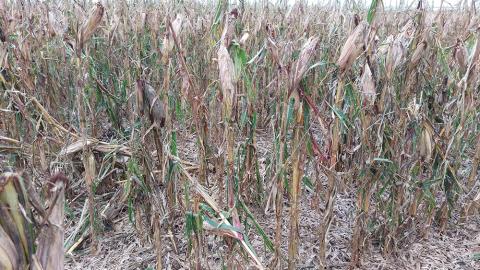Nutrient Removal by Cows Grazing Corn Residue
November 5, 2018
Nutrient removal by cows grazing corn residue may not be as much as you might think. Here a livestock and a forage specialist break down the numbers and look at removal rates for organic matter and minerals.
Can Damaged or Discolored Soybeans be used as Cattle Feed?
October 24, 2018
Quality issues with soybeans this year are leading some growers to seek alternative markets. Damaged or discolored whole, raw soybeans can be a good protein source for cattle and provide a market option for growers.
The Crop Residue Exchange Links Growers and Grazers
October 10, 2018
The Crop Residue Exchange is an interactive online tool to help crop and cattle producers connect and develop mutually beneficial agreements to use crop residue for grazing. A new feature allows producers to also list forage cover crops for grazing.
Making Silage from Late-season Hail-damaged Corn
August 29, 2018
For corn growers with cattle or whose neighbors have cattle, making silage from late-season hail-damaged corn can be a good option. Here's what to consider.
Corn Residue Baling Workshop to be held at Husker Harvest Days
August 28, 2018
View daily demonstrations of corn residue baling equipment and get answers to your questions about its use at this year's Husker Harvest Days.
Cover Crop Considerations Following Late-season Hail Storms
August 24, 2018
Cover crops offer a number of benefits in fields sustaining late-season hail damage, but should be planted soon to provide sufficient time for growth. A guide covers various cover crops and their use, seeding rates, and seeding method.
Drought-stressed Corn: A Feed Opportunity
July 22, 2022
When harvesting drought-stressed corn to feed, there are several cautionary factors to consider as well as several options for feeding, baling, or grazing it.
Reducing Nitrate Concerns When Grazing Forage Cover Crops
July 22, 2020
Nitrate toxicity can be a concern when planting cover crops for forage in hail-damaged crop fields. With proper management of haying and grazing, the risk can be reduced.








